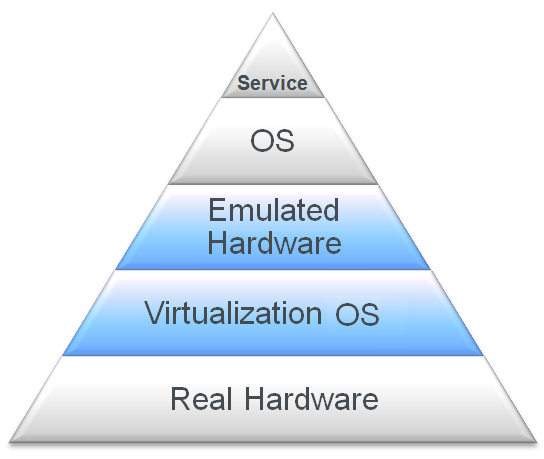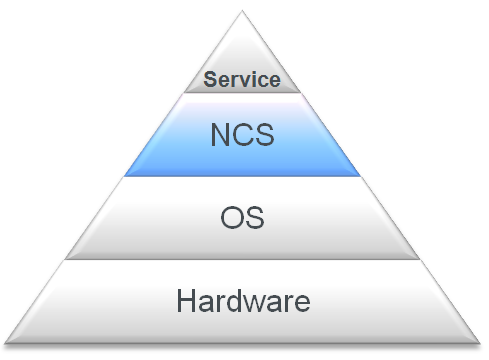1.2 Understanding Virtualization
Virtualization can be used at multiple computing levels to provide services for your enterprise.
1.2.1 Where Is Virtualization Today?
Virtualization of servers and services is everywhere:
-
Virtualization with hardware, such as blade centers or Cisco Unified Computing System (UCS).
-
Virtualization with software, such as VMware, XEN, KVM, Hyper-V, and more.
-
Virtualization within the infrastructure:
-
Network: VLAN
-
SAN: port virtualization in the SAN
-
Storage virtualization
-
1.2.2 Why Use Virtualization?
The benefits of virtualization include the following:
-
Allows consolidation of servers to help reduce costs for hardware and power.
-
Allows independence of servers from hardware and environmental complexities and infrastructure.
-
Allows scalability of services on a single server because the hardware is more powerful than one service needs.
-
Increases server and service availability.
-
Allows you to use cloud services.
-
Builds independence from hardware to gain the flexibility of managing hardware connectivity on only the virtualization level.
1.2.3 Why Use Novell Cluster Services?
The benefits of using Novell Cluster Services as your clustering solution include the following:
-
Increases service availability, minimizing recovery time when problems occur
-
Consolidation
-
Flexibility
-
Scalability
-
Manageability
-
Hardware independence
1.2.4 Server versus Service Virtualization
Virtualization can occur on different levels in the computing environment. The difference between a server and a service is summarized in Table 1-1. A server consists of hardware, an operating system environment made up of the kernel and hardware drivers, one or more services, and a process scheduler to control the services. A service consists of data and the service configuration settings, the application that provides the service (including its process, code, and executable), and a network address to give users access to the service.
Table 1-1 Server versus Service
|
Server with Operating System |
Service |
|---|---|
|
|
In a virtualized environment, a server can be virtualized as a virtual machine that is independent of the hardware. Virtualization hypervisors such as Xen, KVM, VMware, and Hyper-V allow virtualization of servers.
Figure 1-2 Virtualization Stack

With Novell Cluster Services, a service can be virtualized as a cluster resource that can be failed over between nodes. Clustering makes the service independent of the hardware.
Figure 1-3 Server Stack
